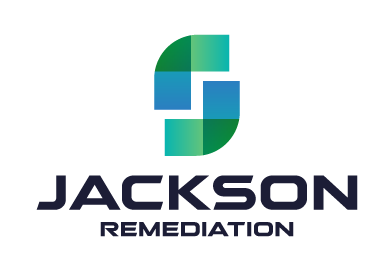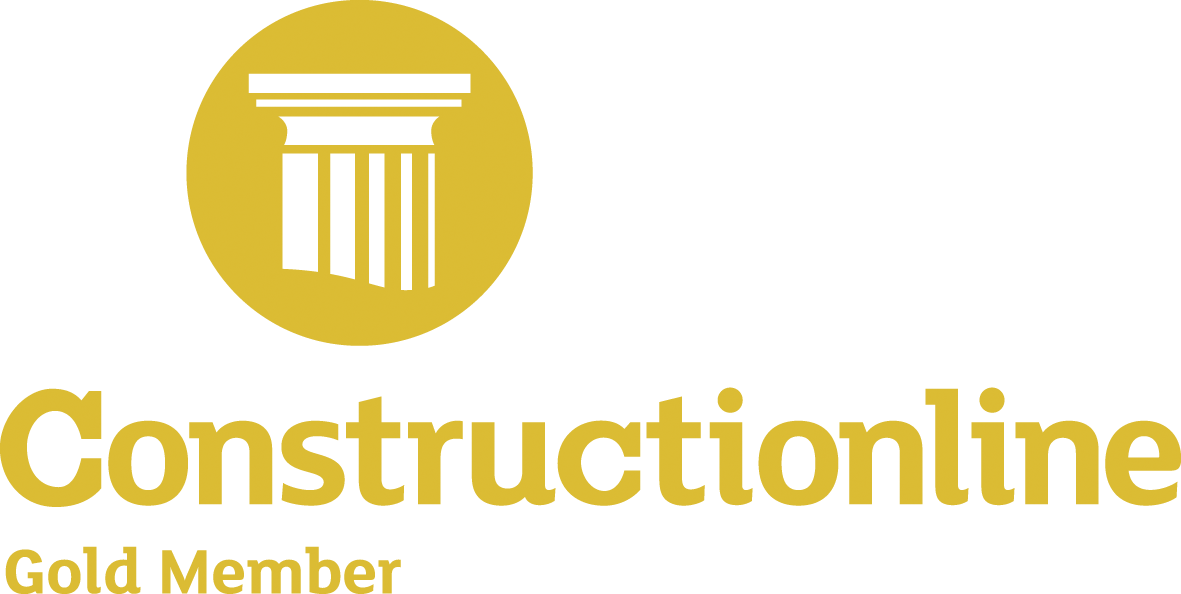Learn about the Remediation Project Lifecycle and how Jackson Remediation can deliver at each stage of the project
Phase 1.1 Preliminary Risk Assessment (PRA)
Every project starts with a good desktop assessment and early establishment of the project Conceptual Site Model (CSM). This is essential in identifying potentially viable Source-Pathway-Receptor (SPR) pollutant linkages.
This can be used to complete a gap analysis, identify areas of potential environmental concern and develop a focussed Sampling and Analysis Plan (SAP).
Phase 1.2 Site Investigation (SI)
Informed by a robust PRA and SAP, the SI is the critical opportunity to gather relevant data or fill gaps in understanding to refine the CSM and further identify any viable pollutant linkages.
The SI also presents an opportunity to gather further information critical to the development and likely costs, such as geotechnical assessment or foundation design, investigation of obstructions, and waste classification.
Phase 1.3 Detailed Quantitative Risk Assessment (DQRA) and Development of Remediation Strategy (RS)
The performance specification of the project and therefore the overall scope of works required is driven by quantitative risk assessment to define suitable targets for remediation.
These should be derived from conservative principles then sensitivity analysis completed to identify realistic achievable targets.
The RS should focus on what the end product looks like, and not be a prescriptive account of how to achieve the remediation objectives. Agreement of the RS with the relevant Regulators is critical to allow a smooth transition to commencement on site and is usually a Pre-Commencement Planning Condition.
How Jackson Remediation can help
Jackson Remediation can work with clients and consultants at any stage, providing a critical eye to the suitability of assessments and proposals with the end in mind.
These early stages are essential to get right and are often neglected. By setting the correct course through this early phase we ensure the remediation objectives are achievable and we are maximising the scope for value engineering opportunities.
We can integrate with the team in any configuration, taking the lead and delivering, managing consultants or simply being a reviewer / advisor to ensure the right elements are delivered.
Phase 2.1 Early Contractor Involvement (ECI)
The best consultants deliver against the client’s brief. However, sometimes the brief may not fully capture the overall project requirements or consider some of the practical aspects of project delivery.
By engaging with a contractor at this stage the practicality of the tabled strategy can be critically reviewed, and amendments incorporated where necessary.
Phase 2.2 Specification of Works Produced and Invitation to Tender (ITT)
If the ITT is ambiguous, contradictory or does not clearly identify which parties are to hold what risks then the appointment of a contractor can be prolonged or, at worst result in a contract that leaves the client exposed to unmitigated claims.
A well defined scope and ITT which clearly sets out what is expected of the contractor, the basis on which the tender will be ajudicated but also invites alternatives to meet the over-arching objectives, leads to timely and confident contractor selection.
Phase 2.3 Pre-Construction Service Agreement (PCSA) and Pilot Trials
An increasingly popular approach to procurement of a remediation contracting partner is via a formal PCSA. This allows the contractor to work collaboratively with the client and professional team to refine the remediation approach, test the viability of solutions proposed and de-risk or mitigate the project collaboratively.
Phase 2.4 Contract Award
Remediation is procured under a range of contractual mechanisms; from traditional Lump Sum All Risk contracts, to complete remeasurement, to target cost with shared pain / gain mechanisms.
The right contract for the project needs to be defined early and communicated clearly, along with clear details of the prevalence of the contract documents.
How Jackson Remediation can help
Working with clients at the outset can be incredibly rewarding for all parties.
Jackson Remediation can engage at any stage of the project procurement and will work transparently with our clients to achieve the best possible project outcome.
We will professionally challenge where we believe there is risk of ‘over-remediation’ or where we believe the contract may not be equitable.
Our preferred method of working is to use a clearly defined Risk and Opportunity register identifying who carries what risk or how the team plans on mitigating this risk.
Phase 3.1 Pre-Commencement Documentation
Depending upon the scope of works required, a plethora of pre-commencement documents, permits, and licenses are required. These vary in terms of time to prepare and deploy and the all important approval period.
A detailed Pre-Commencement Programme identifying the required documentation, approval periods and key dependencies is essential in illustrating precisely what is required to allow a start on site. These documents are critical in demonstrating compliance with the Environmental Permitting Regulations, Planning Consent and Health & Safety rules.
Phase 3.2 Community Engagement, Mobilisation and Baseline establishment
Pre-Condition surveys and establishment of baseline conditions at the site are typical contractual requirements or required under the Environmental Permitting Regulations.
What cannot be understated is the importance of clear, non-patronising communication with the local stakeholders. A partnership approach with the client and local community ensures that expectations are set, key potential nuisance issues identified, and a mutually agreeable mitigation plan put in place before works commence on site.
Phase 3.3 Completion of Works and Environmental Monitoring
Remediation works can involve a large range of methods, plant and equipment and specialist management.
Of key importance is the safety of operations and compliance with the relevant regulations and the attainment of the objectives set out in the Remediations Strategy.
Beyond the physical works and their safe, compliant delivery; of equal importance is the monitoring, constant engagement with stakeholders and reporting of key information. This information must be widely available and key indicators assessed and acted upon quickly should conditions require.
Remediation is not a dark art, but schemes are often unsuccessful where the records do not account for what happened or the opportunities to mitigate issues were not taken.
Phase 3.4 Validation and Completion Reporting
The evidence base of what was done, how it was done and what the impacts were is critical in a validation or completion report.
The validation report is the comprehensive record of how the remediation objectives were achieved and is normally submitted for Regulatory approval as a planning condition requirement.
The approvals rely heavily on this record as does the site Health & Safety file and as such it must be provided quickly and to the highest reporting standard to ensure smooth acceptance.
How Jackson Remediation can help
Jackson Remediation is hugely experienced in delivery of Remediation contracts. We have a robust process of regular workshops, KPI assessment and client reporting to ensure that we carefully control the progress of works on the ground.
This is where all the hard work comes together. The quality of our delivery and our focus on safety, compliance and achieving the remediation objectives is unerring.
We treat every project as our own and are committed to successful engagement with the local community and stakeholders with respect, honesty and compassion.
We have found that local communities and other stakeholders can become the project’s greatest advocates.
Phase 4.1 Cut and Fill Earthworks
Often the most significant cost element of a remediation project is driven by surplus soils.
A successful Remediation Strategy will look ahead to the cut and fill enabling works and ensure the maximal beneficial reuse of soils such that off site removal of the most expensive material is practically minimised wherever possible.
The cut and fill works require careful sequencing and management with a focus on suitable segregation of soils and tracking material movements to ensure the principles of the remediation are adhered to.
Phase 4.2 Pile Mat / Construction Platform
Construction of Pile Mats or other platforms are a logical extension of Remediation works. They represent an opportunity for significant beneficial reuse / optimisation of cut and fill plans and can provide an important element of a designed engineered capping layer.
Pile mats may be constructed from recycled site won materials or a combination of stabilised soil, reclaimed crush and geomembranes providing a range of opportunities and solutions that can be bespoke to site conditions.
Phase 4.3 Material Management
Beyond the enabling cut and fill, construction activities such as piling, groundworks and drainage installation all generate arisings.
A good remediation project will ensure the site is remediated but this is not the same as complete decontamination. Therefore, it is likely that the arisings may be impacted and require segregation or pre-treatment to ensure economic management.
How Jackson Remediation can help
Successful post remediation enabling works and the interface with onward trades is essential in ensuring that the objectives of the remediation are maintained and that no unexpected costs or programme or safety issues are encountered.
Our experience of remediation within the wider context of a construction project delivers huge value beyond the initial works and enshrines best practices and best value.
Let's get to work
Ready to get started? Click below to provide your contact details and we’ll be in touch very soon.








